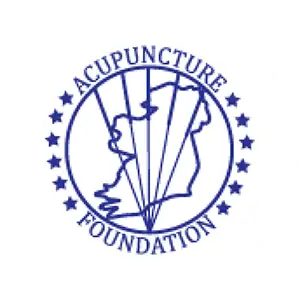Cervical spondylosis (also known as neck arthritis)
is a general term for age-related wear and tear affecting the spinal disks in your neck. As the disks dehydrate and shrink, signs of osteoarthritis develop, including bony projections along the edges of neck bones (bone spurs). Cervical spondylosis most often causes neck pain and stiffness. This condition is very common and it worsens with age. It usually affects people in their 40s and over, however, patients with cervical spondylosis in their 20’s and 30’s are frequent nowadays, too. Why does it happen? The reasons are simple:- Sitting in front of computer for a long periods of time
- Stress
- Lack of knowledge of how to regulate and balance the symptoms when they start to appear
How to tell if cervical vertebrae are healthy or not?
There are various signals from the body in the daily life, which correspond with different types of cervical spine problems:- When you are sitting with your head down for a long time while reading, writing or studying at your desk, you feel dizzy. This could be the sign of the vertebral artery type of cervical spondylosis.
- Unexplained neck pain, stiffness in the shoulders & numbness in the arms, could signal the nerve root cervical vertebra sickness.
- Weakness, heaviness and/or numbness in the hands and arms, loss of balance and coordination, and neck pain can all result from cervical spondylotic myelopathy disease.
- Following symptoms are associated with the sympathetic cervical spondylosis: frequent dizziness, vertigo, numbness in the hands (also often shoulder and arm pain), tachycardia, tinnitus, chest pain, as well as migraine headaches or visual disturbances.







